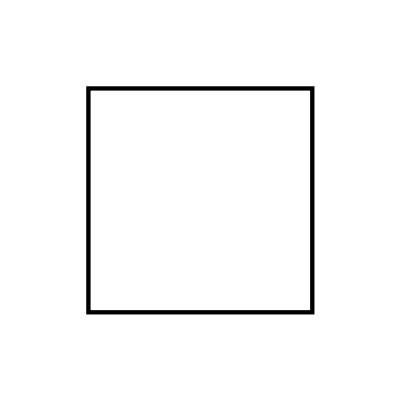Instruction
1
So, you should start with the fact that around the square, describe a circle, the diagonal of which is exactly equal to the diagonal of the square. In order to calculate the radius of the circumscribed circle, use the formula:
R = (√2*a)/2, where a is square side.
Also in the square and inscribed circle. The circle at the points of tangency with the sides of a square divides them in half. The formula, which can be used to calculate the radius of the inscribed circle looks like this:
r = a/2
If, when solving the problem, the known radius of the circle inscribed in this square, it is possible to Express the side of the square, the value of which is required for finding the diagonal of a square:
a = 2*r
R = (√2*a)/2, where a is square side.
Also in the square and inscribed circle. The circle at the points of tangency with the sides of a square divides them in half. The formula, which can be used to calculate the radius of the inscribed circle looks like this:
r = a/2
If, when solving the problem, the known radius of the circle inscribed in this square, it is possible to Express the side of the square, the value of which is required for finding the diagonal of a square:
a = 2*r
2
The length of the radius of the circle equal to half the length of its diagonal. Thus, the length of the diagonal of the circumscribed circle, and, hence, the length of the diagonal of a square can be calculated by the formula:
d = √2*a
d = √2*a
3
For clarity, we can consider a small example:
Given a square with a side length of 9 cm, it is required to find the length of its diagonal.
Solution: in order to calculate its length, you will need to use the formula above:
d = √2*9
d = √162 cm
Answer: the length of the diagonal of a square with side 9 cm is equal to √162 cm or approximately 14.73 cm
Given a square with a side length of 9 cm, it is required to find the length of its diagonal.
Solution: in order to calculate its length, you will need to use the formula above:
d = √2*9
d = √162 cm
Answer: the length of the diagonal of a square with side 9 cm is equal to √162 cm or approximately 14.73 cm
Note
It is worth considering that the diagonal of a square divides it into 2 right-angled triangles which, after all, still are isosceles.
The fact that the diagonal is the hypotenuse of one of the two right triangles. According to the Pythagorean theorem, the square of the hypotenuse is equal to the sum of the squares of the other two sides (a2 = b2 + c2). Then the length of the diagonal a can be found using the formula:
a = √(b2 + c2), where b = c, since they are equal sides of a square.
The fact that the diagonal is the hypotenuse of one of the two right triangles. According to the Pythagorean theorem, the square of the hypotenuse is equal to the sum of the squares of the other two sides (a2 = b2 + c2). Then the length of the diagonal a can be found using the formula:
a = √(b2 + c2), where b = c, since they are equal sides of a square.
Useful advice
We must not forget that the square is a unique geometric figure. The square has five axes of symmetry, four of which are reflective axes and one rotational.
